Hello Friends...
It’s been a busy month around here, so this will be a little more newsy newsletter/blogpost than usual.
Here are some of the things we’ll chat about today:
*Peg Morse Conway interviews me!
*Gotham Writer’s Conference and a Pitching Roundtable
*First person account of living with FH for publication in a medical journal
*What’s on my mind this month? The In-Between, AKA The Neutral Zone
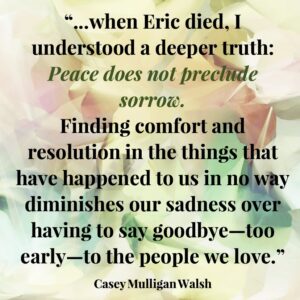
Late in September, I had an email from Peg Morse Conway, who asked to interview me about my history with motherloss and other loss, both early and later in life, for her blog.
I was honored.
Peg and I had met in a couple of Facebook writers’ groups, then realized we were both involved with promoting the release of Hope Edelman’s new book, The AfterGrief: Finding Your Way Along the Long Arc of Grief, and were members of that Facebook group as well.
Such is social media at its best in pandemic-world 2020: all of my most recent friendships have developed this way. Though we’re all a little zoomed out, the connections I’ve made, mostly with other writers and content-producers, have been enriching and essential in so many ways.
Back to Peg. In getting to know more about her, I visited her website and learned she has written a memoir about early mother loss, tentatively titled The Art of Reassembly: A Memoir of Early Mother Loss, forthcoming from She Writes Press in 2021.
Peg also practices an energy therapy called Healing Touch. She uses both her writing and these energy healing session as “tools to help other people with grieving and living.” I highly recommend you visit her website and sign up for her newsletter, both sources of healing themselves.
We spent some time together (yep, zoom again) and got to know each other’s stories of loss. Though our stories are different, we found many things in common. Peg wrote a lovely interview, but more than that, I feel like I’ve made a new friend.
You can find the interview here.

Later in October, I attended the Gotham Writers Conference (virtually of course).
I began writing with Marion Roach Smith and participated in the enriching and immersive Rebirth Your Birth writing retreat with Allison K. Williams (the five of us who attended like to consider ourselves the inaugural class) a year ago this month in Tuscany. I’ve been part of a writing retreat with Nerissa Nields and a weekend class with Joyce Maynard (wow, that’s an impressive list of writing/editing greats right there). But I’ve never attended a large writing conference where there are opportunities to pitch agents.
So this month, I attended two days of Gotham Writer’s Conference panels, where there was a ton of great information and advice. Still, for me the crowning jewel of the weekend was the agent pitching roundtable.
As opposed to the 15-minute agent pitch that often occurs at in-person conferences, this involved eight writers meeting with two agents for 4½ hours, an unheard of opportunity. Agents Noah Ballard and Dana Murphy were the perfect pair to listen to each of our queries and the first two pages of our books and offer spot-on advice, even for those of us who have edited our pages and queries ad infinitum, in critique groups and with editors and online panels.
I left, in a zoom-fog, with at least two actionable takeaways for my query and first pages. I consider it money and time well spent. I’m excited about starting querying my memoir (working title: The Full Catastrophe, A Love Story) in the new year, if not before.
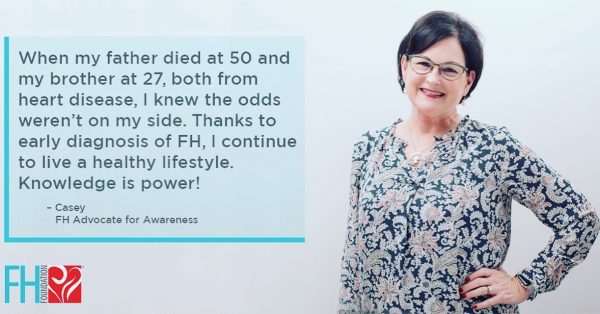
When the opportunity to write a first person account of living with FH for a medical journal arose, I didn't hesitate.
Our advocacy work for the FH Foundation has been an important part of our lives for several years now, so blending writing with advocacy made perfect sense.
Dr. Joshua Knowles, a physician-scientist, is a cardiologist/geneticist on the faculty at Stanford University and serves as Chief Medical Advisor of The FH Foundation. He’s also the editor of the Circulation: Genomic and Precision Medicine journal of the American Heart Association.
This month, I was asked to write a first-person account of living with familial hypercholesterolemia (FH) for this journal. This is such an important and personal issue for me, not only because of the significant impact this genetic disorder has had on me and my entire family, but because the opportunity to put a face on the need for early diagnosis and appropriate treatment for an audience of physicians is invaluable.
I’m grateful for the opportunity to bring awareness to this issue and to discuss the benefits and potential pitfalls of genetic testing as well.
Here's what's been on my mind this month, as we navigate these uncertain times.
The In-Between.
Isn’t that where we all are right now? We can’t go back to where we were before the pandemic began, and we have no idea when our new post-pandemic lives will take shape or what they will look like. We wonder if there are things from our previous life we’ve left behind for good, things we may not be ready to let go.
On top of that, the election looms, and with it more uncertainty and worry than any election in recent history.
I imagine that for many of you, as for me, this mirrors so many other times in our lives, times when we felt stuck in the in-between.
William Bridges’ concept of The Neutral Zone, which he describes in his model for navigating transitions, has made so much sense to me when I’ve found myself floundering in uncertainty.
I’ll summarize the three steps he identifies here:
Endings: Transitions begin when we identify what we are losing and learn how to manage these losses. We determine what is over, what’s left behind, and what will remain.
The Neutral Zone: After the letting go, we enter an in-between time, when we create new processes and learn what our new roles will be.
We are in flux.
We may feel confusion and distress.
Everything we’re feeling is normal.
For me, this has looked a little like grief some days. That’s when I think of the past, of times when parts of my story have ended too abruptly, too soon, when things I thought would last forever (though, of course, nothing does) have come to a close far before I was ready to say goodbye.
One Christmas during my divorce springs to mind. My kids weren’t with me, and I sat in the middle of a quiet house, wondering who I was supposed to be now. It felt as though I were no one’s significant other, no one’s mother, and I had been no one’s daughter or sister for many decades by then. It felt as though all of the good times were over, and the echo of Christmases past rang loudly in the silence.
But the neutral zone, Bridges tell us, is the seedbed for new beginnings.
Then come the actual New Beginnings: These involve new understandings and are marked by the release of energy in a new direction.
New beginnings are the expression of a fresh identity. If well-managed, people are able to establish a new role with an understanding of their purpose, he tells us. As a result, they feel reoriented and renewed.
Though this is primarily a model of transition within organizations, I’ve found this construct so helpful at times of transition in my own life. It’s helped me to understand that the feelings of anxiety and overwhelm are normal. I can’t remember a time when this has been more true, on a collective level, than at this moment.
This way of processing these uncertain times, when change feels thrust upon us and we feel a lack of control in some aspects (and, let’s face it, what sometimes feels like every aspect) of our lives, helps me frame what’s happening in a way that makes it feel less threatening.
I wish I’d known about the neutral zone when I sat, teary, in that quiet house all those years ago. It may not have made that day any easier, but it might have given me something to hold on to, a way to see what was happening as part of a larger truth.
A way to understand that it’s normal to feel uncomfortable, sad, even frightened about the things I feel slipping away—these days, family routines, travel, a sense of general safety and that there are things I can count on in my life.
A way to remember that it’s normal to be feeling grief over the loss of what was and a measure of worry, even fear, in 2020, about what may be different when the world rights itself, when we’re able to come together again.
Oh, right—we’re in the neutral zone, I sometimes think. It’s always uncomfortable here. This won’t last forever.
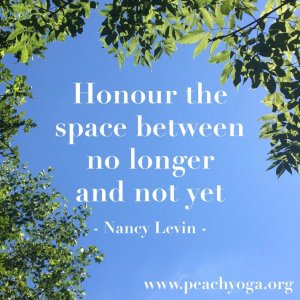
We’ll come out on the other side of this and, though we may have clear ideas of what we’d like to see happen, personally and collectively, we’ll find equilibrium in a new reality come what may.
I’ve been here before, I remember then. Even when the worst has happened, separation and loss—sometimes irrevocable loss—I’ve found my way back to gratitude and joy.
We all have. And we will again.
In the meantime, we’re all here—together—finding our way through the in-between.
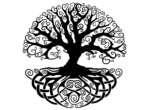
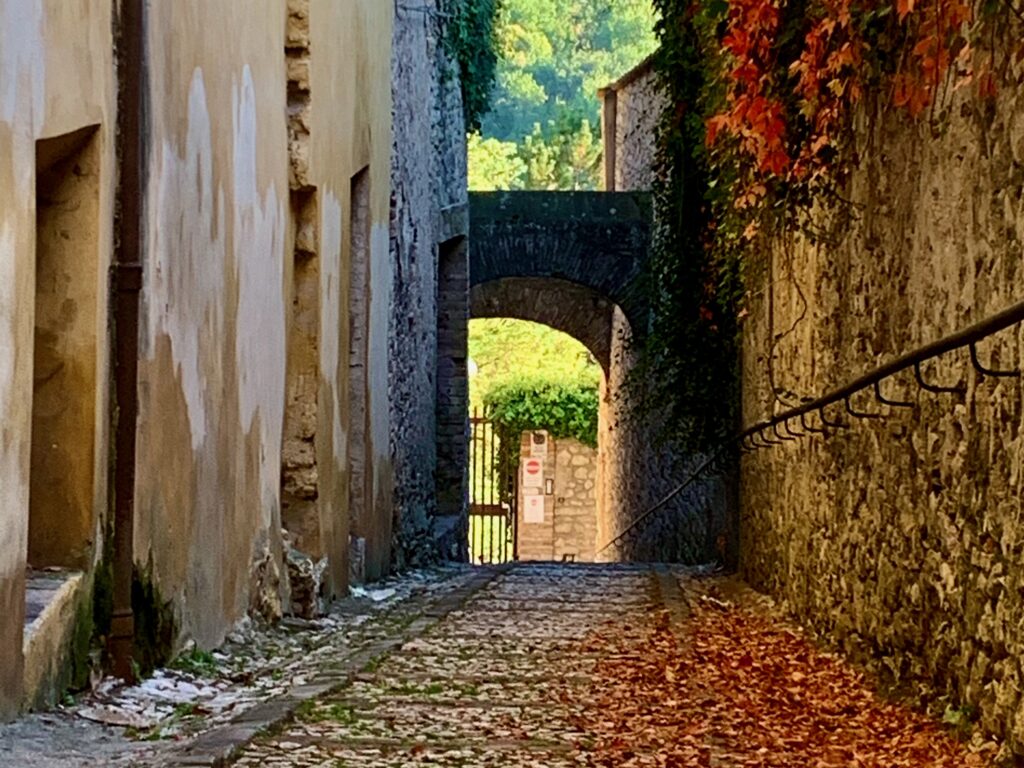
Thank you, Casey. I always enjoy your musings. And the work you do for FM. Lifesaving!
Thanks so much, Betty, and as always, thanks for reading. We love spreading the word about FH!
I love the perspective of the Neutral Zone. And congrats on new insight into your query and first pages!
I’ve thought about it often, the neutral zone, since I learned about it years ago. I know there are other ways to look at this liminal space–upcoming essay about that–but this is the one I keep coming back to. And yes, as you well know, fine-tuning the query can be an endless proposition. At some point it’s time to go with it!
Ditto to Allison – I love the concept of a neutral zone, which describes this entire year. May 2021 be a new beginning. 🙂
It does, doesn’t it? I hope in retrospect we think of it as primarily a 2020 issue and that it doesn’t take over 2021 as well. 🙏🏼🤞🏼